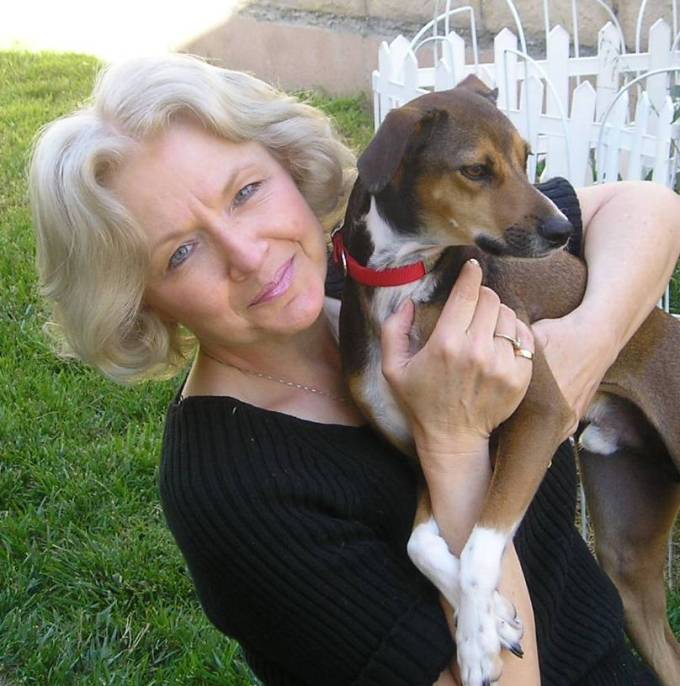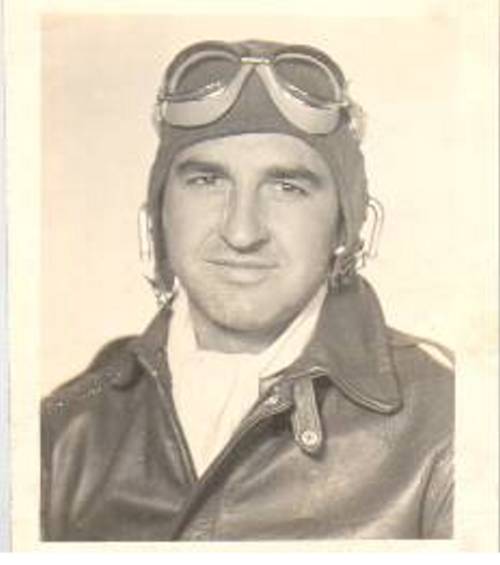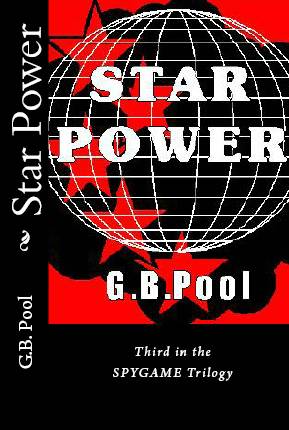An Interview with author, Dianne Ascroft
Can I ask you how you first got fascinated with that era?

Since I was a child, I’ve heard stories about the Second World War from family members who lived through that era. But my own interest in the Second World War era was really sparked when I moved to County Fermanagh, at the western edge of Northern Ireland, almost twenty years ago. Soon after I arrived, I began to hear stories from local residents about what life was like here during the war era. I was enthralled by their tales of the real servicemen and women who were stationed at the flying boat bases and army camps that were dotted around the county. This prompted me to do some research into life in the county during the war.
What I discovered was that the arrival of the Allied troops had a huge impact on the quiet, largely rural county. County Fermanagh is far from Belfast and Londonderry, the largest cities in the province, and, at the outbreak of the war, the way of life in the county had changed little in generations. Then there was an influx of servicemen and women from several nations, and approximately a quarter of the population were suddenly military personnel. The lives of the local residents were turned upside down. The county must have been so different from the tranquil place that I know today.
I’ve heard some marvellous and unique true stories of those days but very few wartime novels have been set in Northern Ireland. I think it’s a shame that such a rich heritage doesn’t receive more attention so I decided to write stories that will keep it alive. Although my stories are fictional, there are grains of truth behind them, and I do my best to evoke the era faithfully so readers can enjoy the unique place that County Fermanagh, and the rest of Northern Ireland, was during the Second World War.
How did you do research about it.
I do quite a bit of research for each of my books. And research is never finally finished until the story is written and released to readers. There’s always something else you need to check. Writing stories set in Northern Ireland also means I have extra research to do, compared to authors who write about the home front anywhere in the rest of the United Kingdom, as many aspects of the war in Northern Ireland weren’t quite the same as in England, Scotland and Wales. For one thing, there was no conscription because of the division of opinion about the war between the Protestant and Catholic communities, and the threat of rebellion by anti-unionist organisations if conscription was introduced. Related to this, there was the threat of the terrorist organisation, the Irish Republican Army, attacking strategic locations in Northern Ireland for their cause while the military and police were occupied with the war. The province was waging an internal war as well as the one against the Axis countries and I endeavour to include this aspect of the war in my books.
Before I begin writing, I do general background research, reading memoirs and accounts of life on the home front in Britain as well as general history texts about the war era. I also read local history books and memoirs to glean details about places in County Fermanagh that I won’t find anywhere else. I visit the places I write about speak to people who lived through the war to hear their memories. I’ve also trawled through countless photographs to get a flavour of the era. I try to make my stories as authentic and believable as I can.
Do you have relatives who fought in the war?
Yes, I do. My parents were both children during the war but members of my grandparents’ generation served their country. My great uncle was a soldier in a Canadian regiment, and my grandmother worked in a munition’s factory in Toronto, Canada. My great uncle was injured in a training accident while he was stationed in England so he returned to Canada before his unit deployed to the continent. Another great uncle was also a soldier and fought on the continent. During his time in Europe he met his future wife who was a member of the resistance movement in Belgium. Unfortunately, because I only became interested in the war after I left Canada, I never had the chance to ask my family members as much as I would have liked to about their experiences.
And a bit about The Yankee Years too.
During the Second World War Northern Ireland hosted American, British and Canadian troops. County Fermanagh welcomed Air Force squadrons hunting U-boats and defending shipping convoys in the Atlantic Ocean and Army battalions training and preparing for deployment to Europe’s Western Front. I’ve written The Yankee Years books to bring this era to life. Although my stories are fictional, there are grains of truth behind each plot. I look for snippets of information that grab my attention and build a story from there.
For instance, when I was planning Acts of Sabotage, the second story in The Yankee Years Book 1, I noticed numerous newspaper items in local newspapers from the era reporting on court cases where the defendant was charged with the theft of military equipment. The stolen goods were sold on the black market. I also noticed several articles about local residents’ fears that the I.R.A. would take the opportunity to mount terrorist attacks against strategic targets in Northern Ireland while the government was occupied with the war effort. I put these two pieces of information together and wove them into the events in my story. One of the newspaper court reports mentioned the judge’s comment when he sentenced the prisoner for theft, saying that the theft ‘was an act of sabotage’. This really hit home to me and catapulted my story into life.
There are six novellas in the two collections, The Yankee Years Books 1 and 2, and Allies After All is a standalone novella in the same series.

Be sure to check with Amazon on December 1st for this new collection of WWII Christmas stories “Wartime Christmas Tales.” (Dianne Ascroft has written one of the stories.)
AUTHOR BIOGRAPHY:
Dianne Ascroft is the author of the Second World War series, The Yankee Years, and the Century Cottage Cozy Mysteries. She is a Canadian who has a passion for Canada and Ireland, past and present. Dianne enjoys walks in the countryside, evenings in front of her open fireplace, and Irish and Scottish traditional music. Born in Toronto, Canada, she now lives on a small farm in County Fermanagh, Northern Ireland with her husband and an assortment of strong-willed animals.
Media links:
Website and blog: www.dianneascroft.com
Facebook: www.facebook.com/DianneAscroftwriter
Twitter: www.twitter.com/DianneAscroft
Mailerlite Newsletter signup: https://landing.mailerlite.com/webforms/landing/y1k5c3


 A former private detective and once a reporter for a small weekly newspaper, Gayle Bartos-Pool (G.B. Pool) writes the Johnny Casino Casebook Series and the Gin Caulfield P.I. Mysteries. She also wrote the SPYGAME Trilogy, Caverns, Eddie Buick’s Last Case, The Santa Claus Singer, Bearnard’s Christmas and The Santa Claus Machine. She teaches writing classes: “Anatomy of a Short Story” (which is also in book form), “How to Write Convincing Dialogue” and “How to Write a Killer Opening.” Website:
A former private detective and once a reporter for a small weekly newspaper, Gayle Bartos-Pool (G.B. Pool) writes the Johnny Casino Casebook Series and the Gin Caulfield P.I. Mysteries. She also wrote the SPYGAME Trilogy, Caverns, Eddie Buick’s Last Case, The Santa Claus Singer, Bearnard’s Christmas and The Santa Claus Machine. She teaches writing classes: “Anatomy of a Short Story” (which is also in book form), “How to Write Convincing Dialogue” and “How to Write a Killer Opening.” Website:  My father was in the Air Force. We traveled a lot. I lived on Okinawa and in France as well as in Memphis (near Elvis) and here in California. There were a few other military bases along the way and many of these places turn up in my SPYGAME Trilogy. I used some of my father’s experiences as a pilot during World War II and afterwards, as well as my imagination, to concoct an intriguing set of stories. The first one, The Odd Man, deals mostly with WWII and the Bay of Pigs. I went to a boarding school in France and that place finds a home in book two, Dry Bones. Book three, Star Power, wraps up the trilogy by bringing back characters from books one and two for a climax ending up in Southern California with some Hollywood stars tossed in for fun, though some are positively deadly.
My father was in the Air Force. We traveled a lot. I lived on Okinawa and in France as well as in Memphis (near Elvis) and here in California. There were a few other military bases along the way and many of these places turn up in my SPYGAME Trilogy. I used some of my father’s experiences as a pilot during World War II and afterwards, as well as my imagination, to concoct an intriguing set of stories. The first one, The Odd Man, deals mostly with WWII and the Bay of Pigs. I went to a boarding school in France and that place finds a home in book two, Dry Bones. Book three, Star Power, wraps up the trilogy by bringing back characters from books one and two for a climax ending up in Southern California with some Hollywood stars tossed in for fun, though some are positively deadly.





 Here’s another story. When I was on assignment in Chicago as a P.I., I lived in an apartment near Lake Michigan. It was February. A brutal winter. I had to take the subway and a bus to the job at night. I worked from 5 p.m. until 2 in the morning. I survived Chicago. Years later I heard a story from a co-worker in California about a police officer in New York City who ran across something rummaging around in garbage cans down an alley. He shot it. It was a rat. It weighed in at 105 pounds. I moved the rat and his friends to snowy Chicago and I have them eating away the garbage on which a large area of The Windy City was built after the Great Fire. This was near the lake. Huge caverns have been carved out under the condos around the lake. Disaster looms. That book is Caverns.
Here’s another story. When I was on assignment in Chicago as a P.I., I lived in an apartment near Lake Michigan. It was February. A brutal winter. I had to take the subway and a bus to the job at night. I worked from 5 p.m. until 2 in the morning. I survived Chicago. Years later I heard a story from a co-worker in California about a police officer in New York City who ran across something rummaging around in garbage cans down an alley. He shot it. It was a rat. It weighed in at 105 pounds. I moved the rat and his friends to snowy Chicago and I have them eating away the garbage on which a large area of The Windy City was built after the Great Fire. This was near the lake. Huge caverns have been carved out under the condos around the lake. Disaster looms. That book is Caverns. started making my own and making vignettes. I had an idea for a Christmas castle that I designed. I still have the sketch. I decided to write a story to go along with the idea of this castle. Then I decided to build the castle and make the figures that went with the story. Then I published the book. The first one was Bearnard’s Christmas.
started making my own and making vignettes. I had an idea for a Christmas castle that I designed. I still have the sketch. I decided to write a story to go along with the idea of this castle. Then I decided to build the castle and make the figures that went with the story. Then I published the book. The first one was Bearnard’s Christmas.
You must be logged in to post a comment.